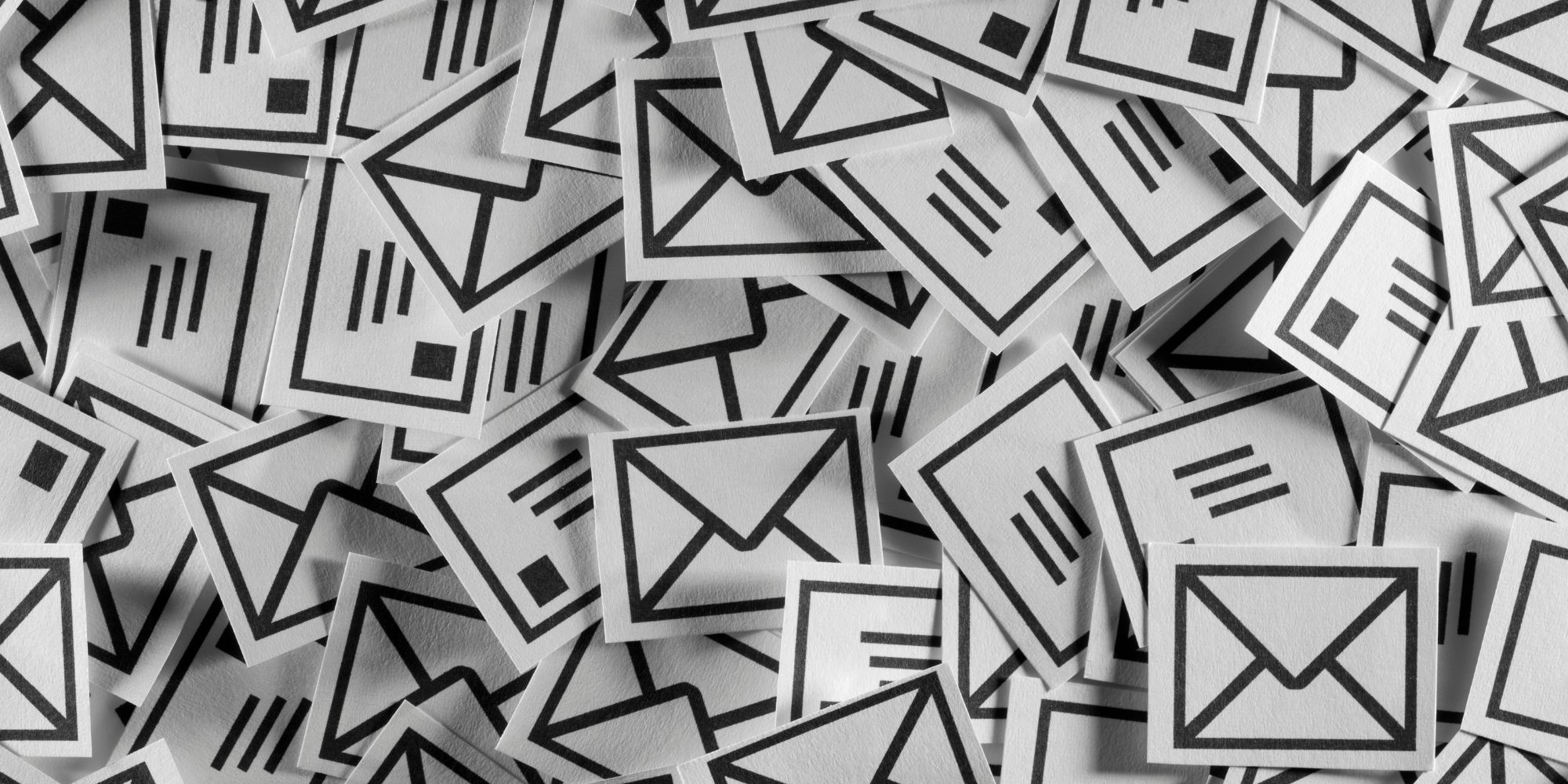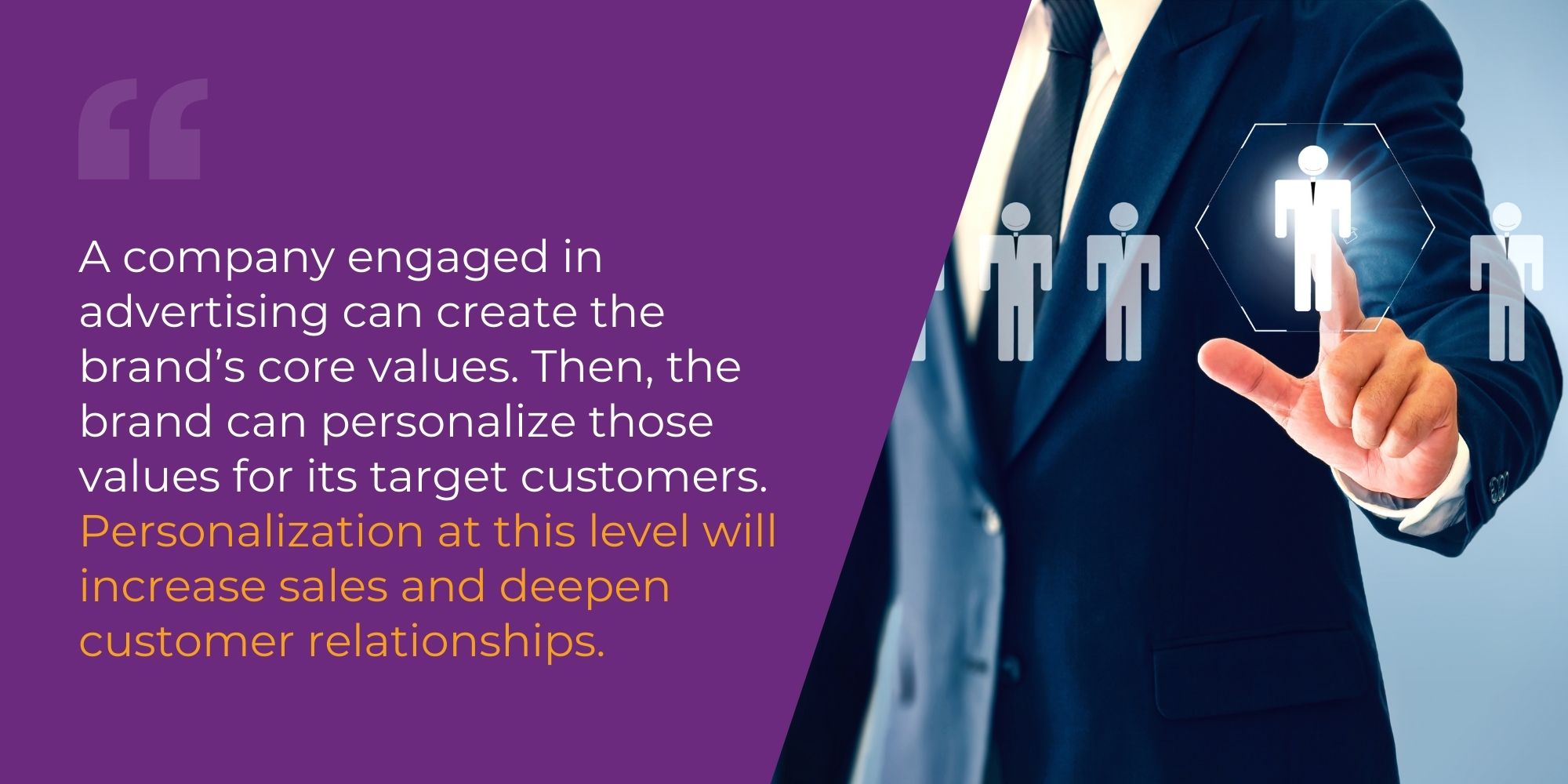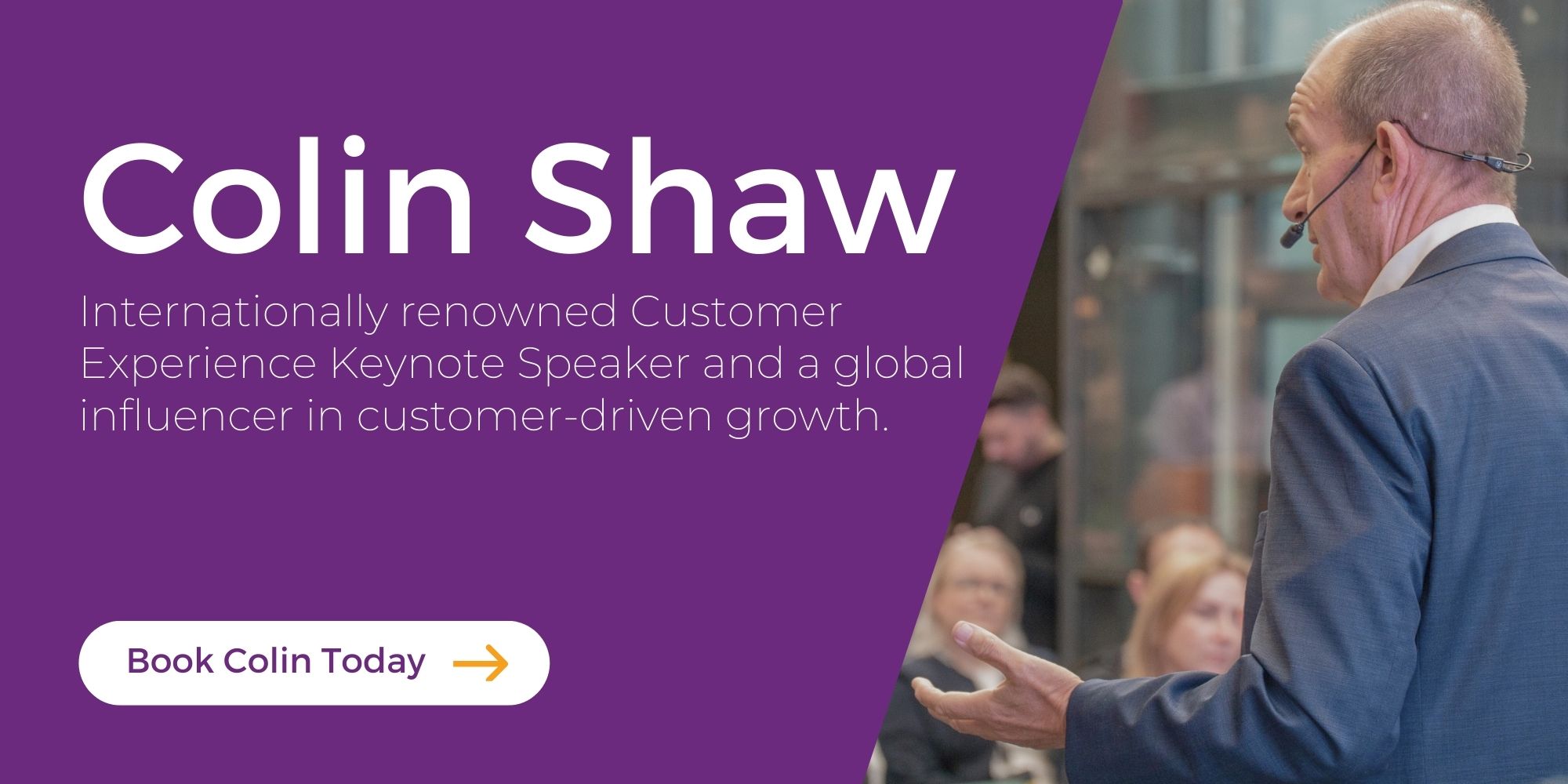Learn more about Colin Shaw: Join over 80,000 people on our LinkedIn Newsletter list or visit our website for more great podcast episodes.
Listen to the podcast:
Personalization is a key element in doing business today. However, getting too personal can be off-putting in some situations. So, today we are going to look at how you can strike a balance between personalizing your interactions and offerings for customers without freaking them out.

The idea for this episode came from my recent trip to a fishing supplier near my home in Florida. It’s called Discount Tackle, and the manager knows me. When I go in, we chat to catch up, and then he recommends a lure for me to try that day. So, even though I know I can get the lure cheaper somewhere else, I appreciate the personalized service and I buy all my fishing gear there.
This example is likely familiar to you. You probably have your version of this story for some part of your life, too. It could be at a local restaurant, with a long-time service provider, or, like me, with a small business supporting your hobby. Personalization during face-to-face interactions is the modus operandi for many small business operations.
For many other business models, this type of personalization is not realistic. Therefore, these organizations try to serve up their version of personalization by using technology to aggregate data about you and present the results of this analysis as a personalized offering. To clarify, there is nothing wrong with this approach, and, in some cases, leveraging technology for personalization can be very successful for these business models.
The problem occurs when the aggregate data is too personal, and the offering comes across as invasive instead of intuitive. There are tradeoffs required to make this approximation of a personal relationship work.
Balancing personalization and privacy has a lot to do with value and purpose. Discount Tackle provides value in the experience by making the interaction personal to improve my fishing experience. Again, they are a small operation that has likely built a business on these interactions.
However, larger companies using technology can do that, too. For example, Spotify provides a few different personalization services that provide value by improving your listening experience. They have a feature called Spotify Wrapped, which reveals your listening behavior for the past year. It also tells you how you relate to others who listen to similar things. Spotify also has a DJ mode that plays songs you listened to previously and then adds a few you might also like. I like both features a lot and neither feels creepy.
Facebook also uses my information to personalize offers, but I do feel like this is creepy. The difference from Spotify is that I don’t see the value of personalized offers in my scrolling experience. Personalized advertising that is designed to capitalize on my interests and get me to spend money on things I might not otherwise have bought feels like it adds value for Facebook and the advertiser, but not for me.
There is another difference here, too. I pay a subscription to Spotify; I don’t pay anything for Facebook. When you don’t pay for a product or service, you should know that you are the product or service. Therefore, as a user of the “free” service, I shouldn’t mind being served up the personalized ad, but I do. Moreover, because it is based on information they gleaned from watching and collecting data about my behavior on the platform, it freaks me out.
Graham Hill is a guy I follow and read on LinkedIn a lot. He has a lot of resources regarding this area of personalization and suggests it is time marketers put the customer back into the personalization. He recommends looking at your spam emails. If you read them, you will see little personalization there. Maybe it’s your name, but that’s about it.

I argue that Facebook is similar. These personalized ads are not for products I am interested in; they are ads they sold to get in front of my eyeballs. Their criteria was something like “a person with a pulse.” It’s not personalization; it’s lazy.
So, Why Do We Want Personalization?
Not all marketers using personalization or email are lazy. In England, we get groceries delivered from a company called Sainsbury’s, a store that is a lot like Target in the States. Today, I got an email with personalized discounts on what I ordered. So, the Sainsbury marketing team has been collecting data on what we’ve been ordering, but since the offers were for things I already buy from them, it felt like it added value. It was more special than weird.
That said, I realize that not everybody would feel special about that. Some people might not like having such a specific offer; it feels like they are being watched or that this helpful slant in their outreach is insincere. By contrast, if the store manager said it, like the one at Discount Tackle, they might have different feelings about those suggestions. The context of a person suggesting the product or offering the discount versus technology could make the difference.
The brand and your relationship with it might make a difference, too. If the brand is one that you trust, personalization won’t bother you the same way it would with a brand you didn’t trust. One might view personalization from a trusted brand as a benefit, whether from technology or not.

The purpose drives some feelings about personalization, too. If the purpose of collecting data and leveraging it to put more adverts in front of me, then I don’t like it. But if personalization is to show me more of what I am interested in through my feed, then I like it.
We like familiarity, and personalization feels familiar. So, when I go to Discount Tackle, I feel like I am going to a club. I have similar feelings about Apple. It’s more about going to a clubhouse than a store.
We also like the effort on our behalf. Part of the reason the emails that don’t have any personalization in them bother us is there doesn’t appear to be a lot of effort put into those. It signals they want my business, but only if they don’t have to work too hard for it. Personalization is a way of showing potential customers that you respect them.
For example, I get a lot of messages on LinkedIn with people trying to get me to do something or buy things. Some are generic, asking who handles “fill-in-the-blank” products for you. However, others know my love of Luton Town Football Club, and they will mention something about the match from the weekend past. Even that little effort makes me feel like that person deserves more attention. It signals that the person cares in some way that the generic business solicitation does not.
Additionally, we like personal connections because they are emotional. Having those connections with others is important to us as a species. I value my relationship at Discount Tackle because there is an emotional connection. So, they have my business.
So, What Should You Do With This?
The key takeaway is that everybody likes to have things personalized. To a large extent, a company engaged in advertising can create the brand’s core values. Then, the brand can personalize those values for its target customers. Personalization at this level will increase sales and deepen customer relationships.

However, it is important to remember that the success of this effort is context dependent. Successful personalization depends on a lot of factors, such as:
- Who you are talking to, meaning which customer segment it targets
- How the personalization is operationalized
- What purposes does personalization have
All of these things matter and must be balanced against other concerns like customers’ desire for privacy. Collecting data to increase your bottom line does not make customers buy more, nor is it respectful—and no one appreciates it.
For me, personalization works best when you’re creating a personalized experience. The motivation is that you’re trying to personalize to improve the experience for people, so they want to buy more. By contrast, personalization doesn’t work when you collect all this data only to use it to sell more stuff to people.
It would be best to forget that you will sell more and embrace the idea of providing some value with your collected data. Then, you have an experience that makes the customer feel like you respect them and adds value for them, which customers appreciate and usually show you that they do with their repeat business.

Colin has spoken at hundreds of conferences, including some of the world’s largest brands. Talk to Colin about how he can speak ‘in person’ or ‘virtually’ at your conference. Click here.


